Chinese Cruise Market's Growth Slows
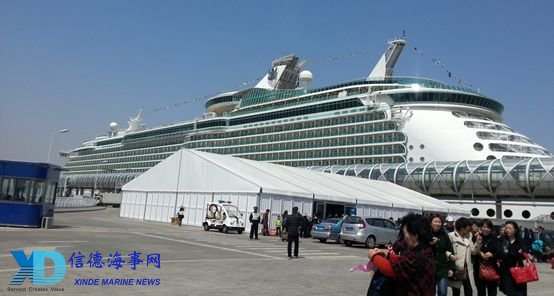
The delivery of the World Dream from Meyer Werft to Dream Cruises on October 26 in Bremerhaven, Germany, marked the third new cruise ship completed this year dedicated to the Chinese market.
While it underscores the cruise industry’s continued long-term confidence in the market, near-term the Chinese market appears to be entering a period of adjustment after extraordinary growth.
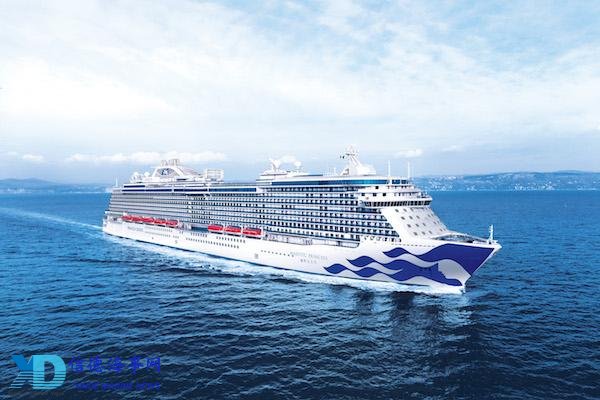
Even before the addition of the 11,000 new berths in 2017 from the World Dream, Norwegian Cruise Line’s Norwegian Joy and Princess Cruises’ Majestic Princess, the Chinese market had already become the world’s fastest-growing major source market for passengers. Between 2012 and 2016, passenger counts recorded an astounding 76 percent CAGR. In 2016 alone, mainland China sourced more than 2.1 million cruise passengers.
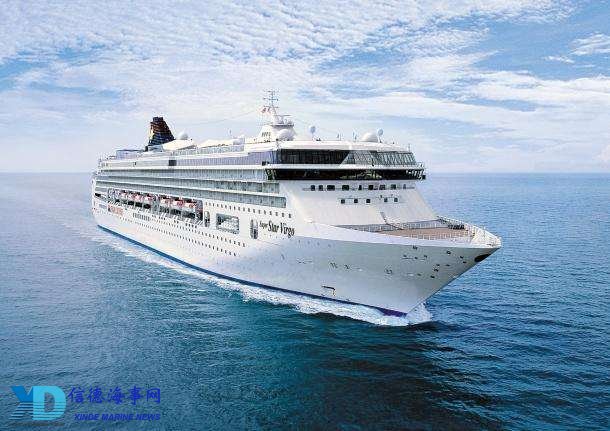
Over the past decade, cruise lines have been adapting their products to suit local preferences. The newest ships have been most successful prompting, for example, Royal Caribbean International to deploy in China both the newly built Quantum of the Seas and Ovation of the Seas that feature bumper cars, a skydiving simulator and an observation pod. As the competition increases, the lines are now adding further unique amenities, such as a small deep-sea submarine on the World Dream. Responding to Chinese tastes has also meant, for example, adding the largest shopping space at sea, karaoke rooms and a mahjong and gaming area to the Majestic Princess.
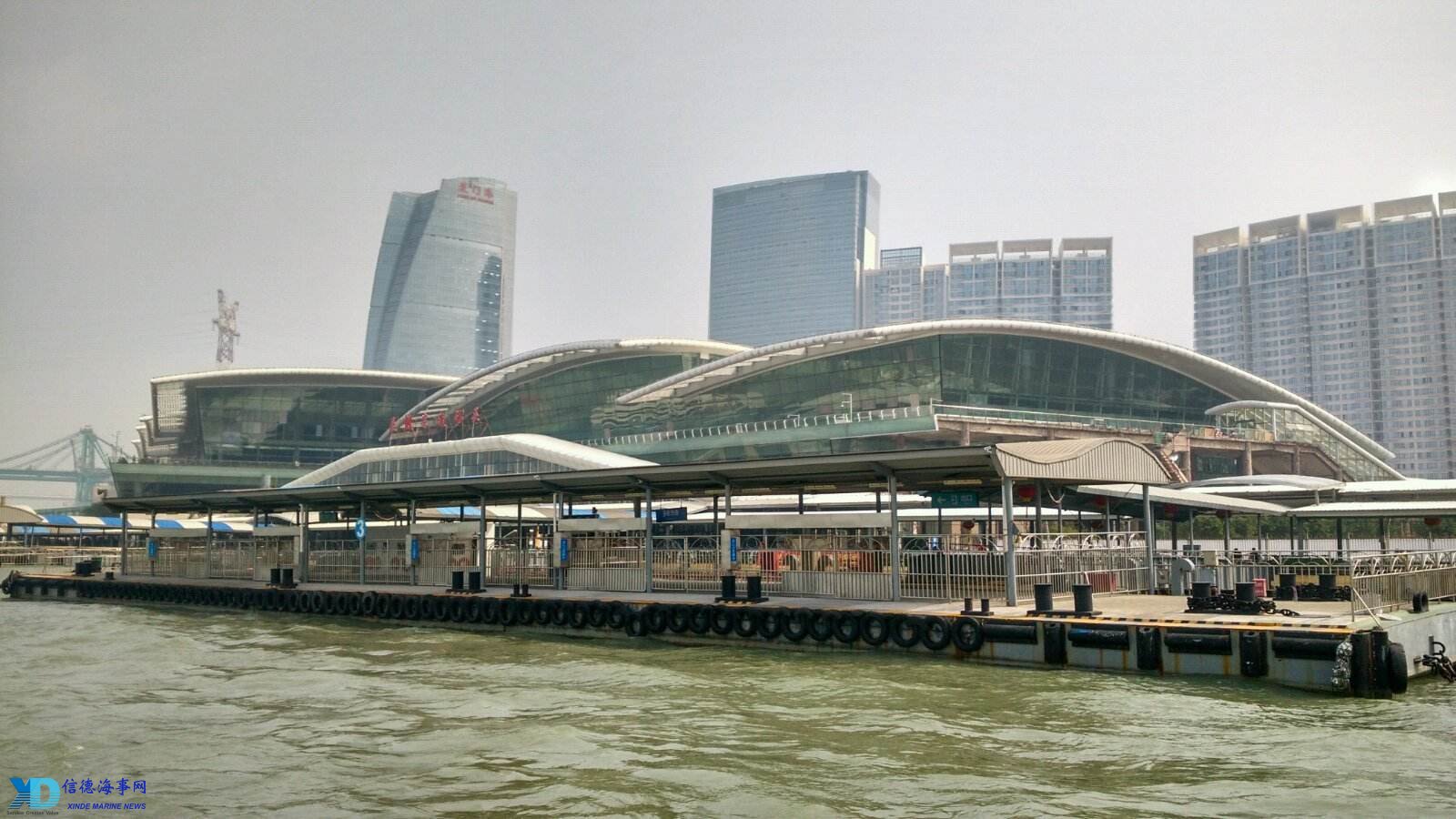
The Chinese market is showing some signs of maturation. Richard Fain, Chairman and CEO of Royal Caribbean Cruises, admitted to Wall Street analysts that China “is starting to behave more like a typical market,” with its ups and downs. Carnival Corporation’s President and CEO, Arnold Donald, echoed that sentiment recently saying, “Long-term it is going to be a huge market. But right now ….there’s only so many ships that could be there.”
Challenged by an under-developed distribution system that limits their ability to market directly to consumers, along with an oversupply of berths and South Korean travel restrictions implemented in the spring of 2017, passenger yields have been eroding in China. While the market has now somewhat stabilized, cruise lines will be realigning in hopes of reducing discounting in the market and enhancing overall performance.
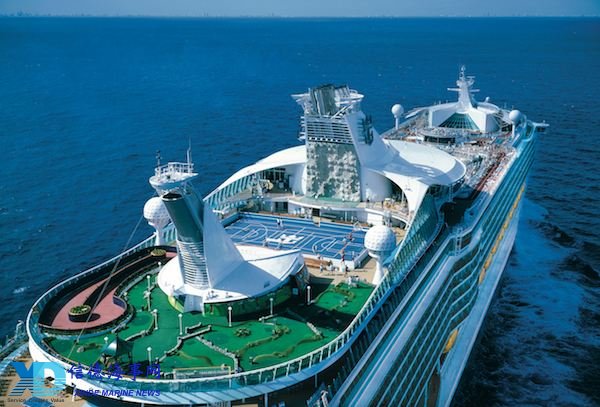
Princess Cruises will relocate the Majestic Princess to Sydney, Australia, between September 2018 and March 2019, joining Royal Caribbean’s Ovation of the Seas, which is also splitting its year between China and Australia. Costa Cruises’ Costa Victoria is repositioning to Europe, while Royal Caribbean’s Mariner of the Seas returns to Miami. MSC Cruises will be doubling its capacity in the Chinese market, replacing the 1,984 passenger MSC Lirica, which departs for Europe in April 2018, with the 4,363 passenger MSC Splendida, which will arrive in China in May 2018. The MSC Splendida, however, will only be seasonal as she is scheduled to return to Dubai late in 2018.
The realignment appears to be temporary while the market continues its long-term growth trajectory. Royal Caribbean has already announced plans to deploy the first of its new Quantum Ultra class ships, the Spectrum of the Seas, to China when it is delivered in the spring of 2019. Similarly, Norwegian Cruise Line, while still learning the Chinese market, plans to deploy a sister ship to the Norwegian Joy, which is due to be completed in the fourth quarter of 2019, in China. Costa Cruises Asia has two ships on order due in 2019 and 2020, while Carnival Corporation signed a binding agreement with Fincantieri and the China State Shipbuilding Corporation for the construction of two cruise ships, with an option for four additional ships, due starting in 2023, dedicated to the Chinese market.
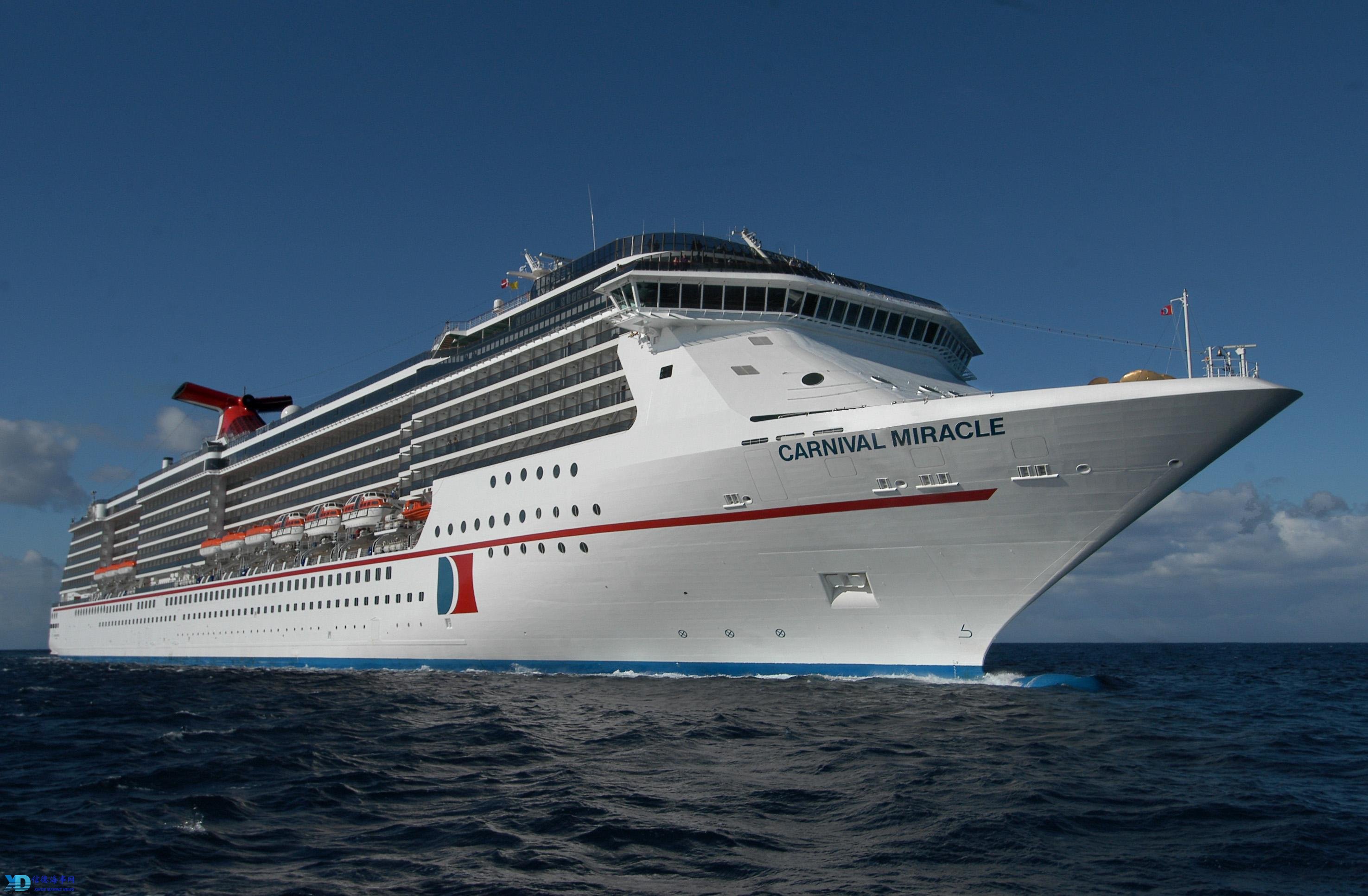
While the current estimates vary widely, industry analysts continue to look for China to fuel the future growth in cruising. The forecasts project between seven and 10 million outbound passengers by 2030, giving China the potential to rival the U.S. as the world’s largest cruise market.
投稿或联系信德海事:
admin@xindemarine.com







